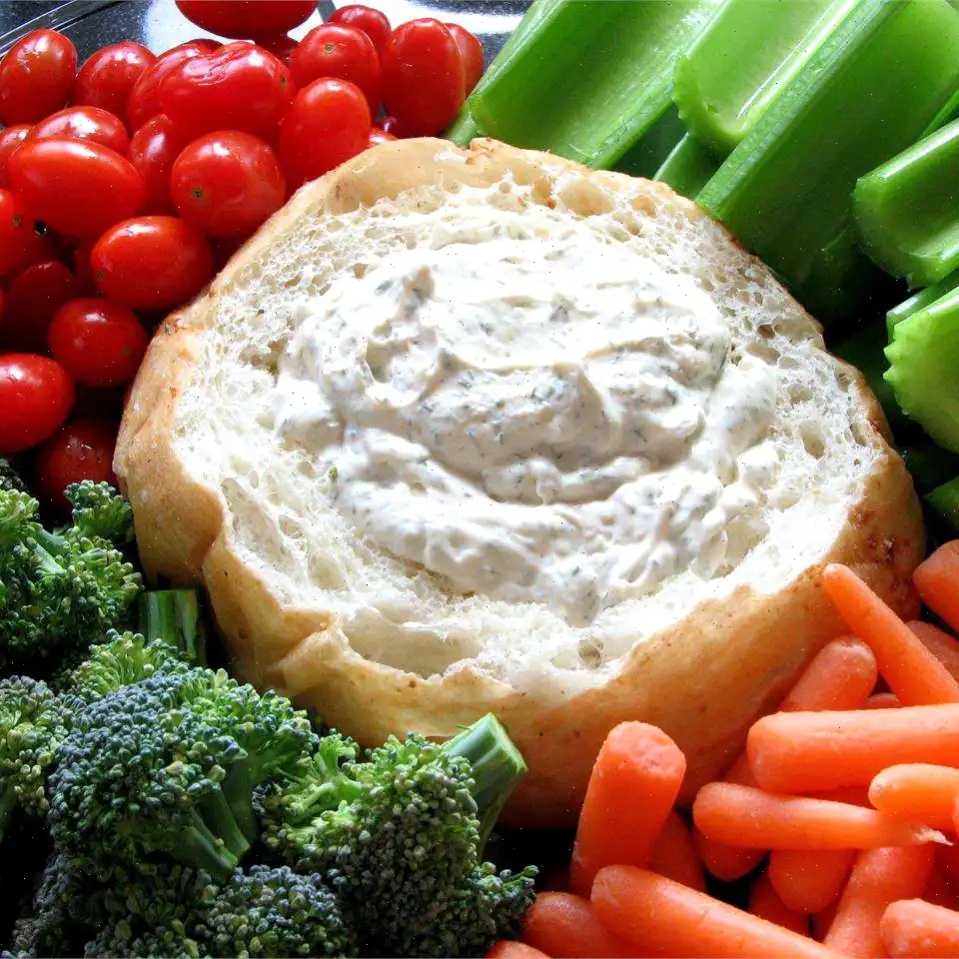
Rich Almond Milk Eggnog Recipe
Ingredients
This recipe was originally crafted to yield 2 servings. Ingredients can be scaled, but cooking times and steps should remain the same.
- 1 duck egg
- 1 cup vanilla almond milk
- 1 tablespoon white sugar
- 1/4 teaspoon vanilla extract
- 2 tablespoons non-dairy whipped topping
- 1 pinch ground nutmeg
Directions
- Carefully crack the duck egg into a glass bowl.
- Using an electric wire whisk, beat the egg until it becomes frothy and bright yellow.
- Add the almond milk, sugar, and vanilla extract. Whisk together until fully combined.
- Pour the mixture evenly into two serving cups.
- Top each cup with a dollop of non-dairy whipped topping and a sprinkle of freshly grated nutmeg.
- Serve immediately and enjoy the creamy, aromatic drink.
Note: This recipe contains raw egg. Pregnant women, young children, older adults, and immunocompromised individuals should avoid consuming raw eggs. Learn more about egg safety in our guide How to Make Your Eggs Safe.
Nutrition Facts (per serving)
- Calories: 185
- Total Fat: 9g (12%)
- Saturated Fat: 3g (15%)
- Cholesterol: 402mg (134%)
- Sodium: 163mg (7%)
- Total Carbohydrates: 16g (6%)
- Dietary Fiber: 0g (2%)
- Total Sugars: 15g
- Protein: 8g (16%)
- Vitamin C: 0mg (0%)
- Calcium: 262mg (20%)
- Iron: 2mg (12%)
- Potassium: 174mg (4%)
* Percent Daily Values are based on a 2,000 calorie diet. Your values may vary depending on your calorie needs.
** Nutrient data may be incomplete for some ingredients. Consult a healthcare professional if following a medically restrictive diet.
The History and Origins of Almond Milk Eggnog
Eggnog, a creamy and spiced holiday beverage, traces its origins back to medieval Europe. Traditionally, it was made with cows milk, cream, sugar, and eggs, often spiced with nutmeg or cinnamon. The addition of alcohol, usually rum, evolved in the 17th century as the drink crossed the Atlantic to the American colonies, where it became a festive winter staple. Almond milk eggnog, however, represents a modern adaptation catering to dairy-free diets and plant-based lifestyles. By substituting traditional milk with almond milk, this version offers a lighter, yet still rich, alternative while maintaining the creamy, indulgent character that has made eggnog synonymous with holiday celebrations.
Regional Variations and Characteristics
In the United States, eggnog is often associated with Christmas and New Year festivities, served chilled or warm and commonly spiked with bourbon, rum, or brandy. Regional variations include Puerto Rican Coquito, a coconut-based eggnog, and Mexican Rompope, which is often flavored with cinnamon and vanilla. Almond milk eggnog, particularly popular in urban areas and health-conscious communities, is notable for its plant-based foundation. Unlike traditional recipes that rely on cows milk and heavy cream, almond milk provides a subtle nutty flavor while remaining lighter and more digestible for those avoiding lactose.
How Almond Milk Eggnog Differs from Similar Drinks
While traditional eggnog is thick, creamy, and high in fat, almond milk eggnog has a thinner texture but retains its luxurious mouthfeel, thanks to the inclusion of a duck egg, which adds richness. Unlike vegan versions that rely entirely on plant-based thickeners, this recipe balances indulgence with lighter ingredients. Compared to milkshakes or other spiced holiday drinks like horchata or kahlua-based cocktails, almond milk eggnog is uniquely festive and subtly spiced with nutmeg, making it a comforting seasonal beverage rather than a dessert drink or cocktail.
Typical Serving Occasions
Almond milk eggnog is most often enjoyed during holiday gatherings, family dinners, or cozy evenings by the fireplace. It is typically served in small cups or mugs, garnished with non-dairy whipped topping and a pinch of freshly grated nutmeg, which enhances its aromatic appeal. Many cafes and specialty coffee shops now offer almond milk eggnog lattes during the holiday season, further popularizing its use beyond home kitchens. Its versatility allows it to be served both cold or slightly warmed, catering to personal preferences.
Interesting Facts
- Almond milk eggnog offers a unique combination of plant-based milk and traditional eggs, making it suitable for lactose-intolerant individuals while still preserving the richness of classic eggnog.
- Using a duck egg instead of a chicken egg increases the protein content and creates a more velvety texture, an uncommon twist in traditional recipes.
- Nutmeg, an essential spice in eggnog, was once considered a rare and valuable commodity in Europe, often symbolizing wealth and festivity.
- The beverages popularity surged in the United States during the Prohibition era, as homemade versions allowed people to enjoy the taste of eggnog without commercially available spirits.
- Almond milk eggnog is increasingly featured in holiday menus of plant-based restaurants and cafs, reflecting the growing trend toward alternative dairy options in festive recipes.








